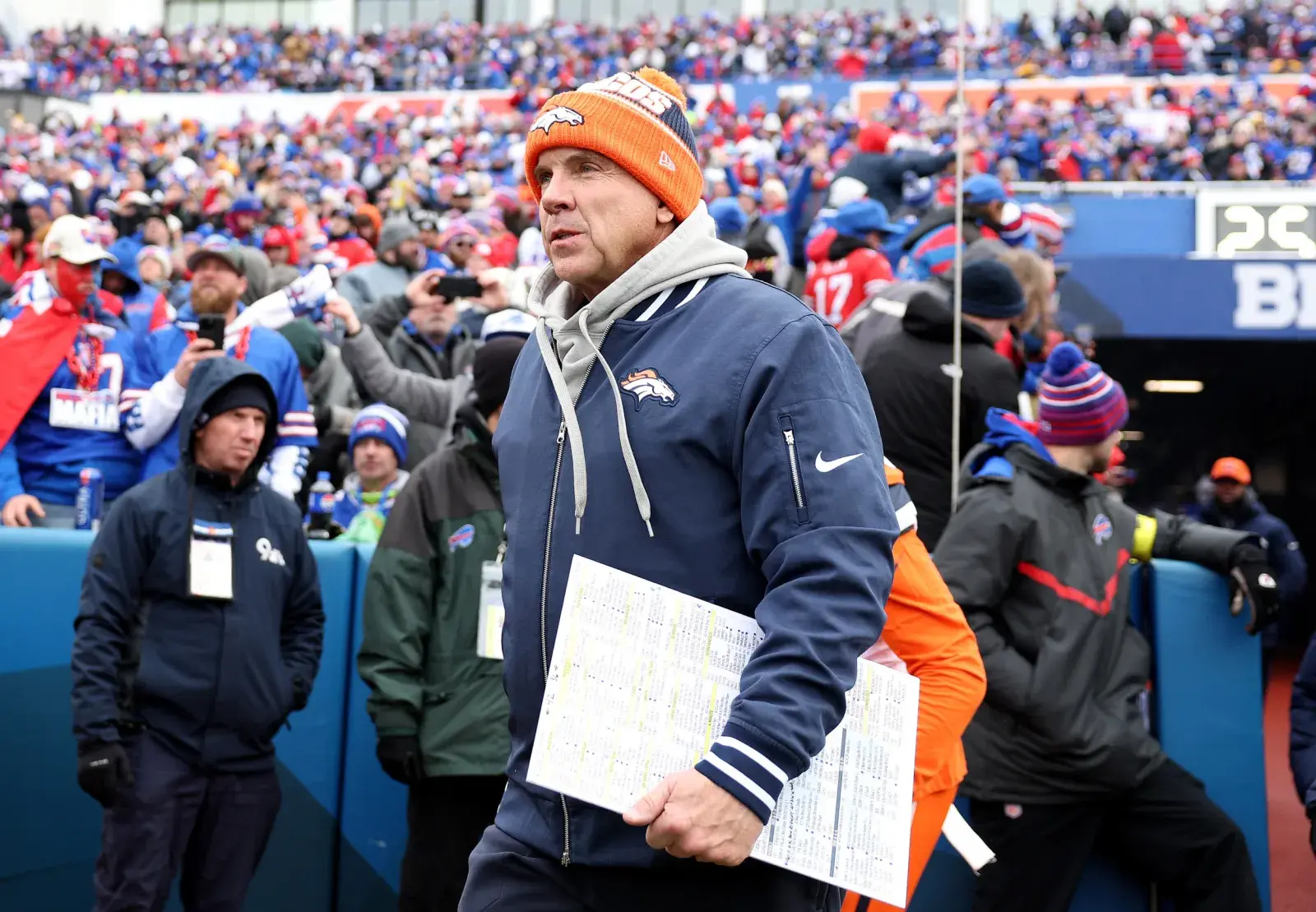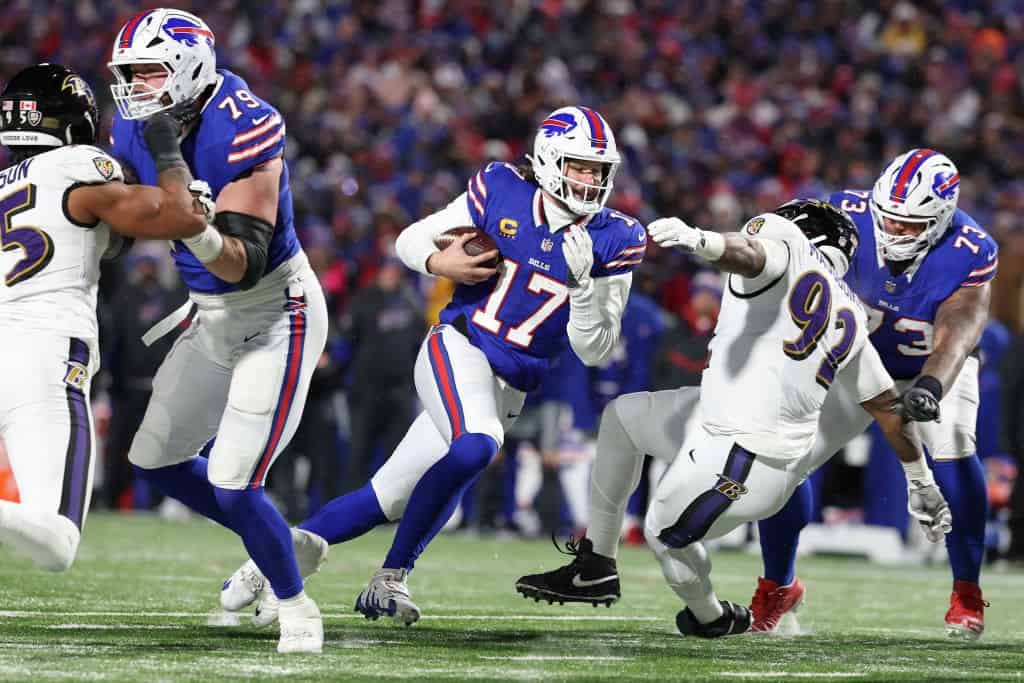The opening night of the NFL Draft is less about selection and more about negotiation. As the clock ticks down, the league’s most aggressive general managers use their first-round picks as currency, executing high-stakes maneuvers to secure a coveted prospect or amass future draft capital. Trading within the first round has become an increasingly common, if not expected, occurrence, offering teams strategic pathways to address desperate needs or exploit market inefficiencies. This year, several franchises are positioned, either by draft capital, urgency, or executive history, to be the primary drivers of first-round deal-making.

The teams most frequently cited as potential trade participants fall into two categories: those looking to aggressively move up to target a blue-chip prospect at a premium position, and those looking to move down to acquire more overall volume. The strategic calculus behind these moves often defines a franchise's trajectory for the next half-decade.
Aggressive Teams Looking to Trade Up
Teams with glaring holes at quarterback or defensive line, or those one high-impact player away from contention, are the most likely candidates to mortgage future assets to climb the board.
1. The New York Giants: The Giants are in an undeniable state of transition, particularly at the quarterback position. Despite having a solid foundation on defense, the long-term clarity under center remains elusive. Sitting just outside the top tier of picks, the Giants are an obvious candidate to package their current first-round selection, along with valuable capital from the second round and possibly a future first-rounder, to leapfrog competitors and secure their preferred franchise signal-caller, whether that is Shedeur Sanders, Jaxson Dart, or another highly-touted prospect. The risk is high, but the desperate need to find a successor ensures they will be aggressive in monitoring the availability of picks two through four.

2. The New England Patriots: The Patriots possess both the need and the capital to make a significant move. Following a period of rebuilding, the new leadership is focused on establishing the cornerstones of the team. With multiple premium picks, they are well-equipped to target key positions like offensive tackle or edge rusher. If a top-tier defensive player or an offensive lineman who can immediately stabilize their front slips slightly outside the top ten, the Patriots have the draft currency necessary to jump ahead of rivals who may be targeting the same position group. Their recent track record suggests a willingness to be pragmatic, and aggressively securing a long-term starter at a premium position is a highly pragmatic move.
3. The San Francisco 49ers: General Manager John Lynch has never shied away from boldness on draft night, and the 49ers possess a high volume of mid-to-late round picks—11 total in some projections—that can be aggregated to move up in the first round. Despite their consistent success, the 49ers lost several key defensive players in the recent offseason, including several veterans on the defensive line. San Francisco is built to win now, meaning they are less concerned with accumulating seven or eight draft picks and more focused on acquiring one high-impact starter who can plug an immediate hole. Targeting a high-level interior defensive lineman or an edge rusher who has unexpectedly fallen a few spots makes them a prime candidate to package multiple lower picks to jump into the mid-to-late first round.
Pragmatic Teams Looking to Trade Down

Conversely, teams with a high volume of overall needs, or those holding picks outside the top five where the talent tiers begin to flatten, are often eager to trade back and accumulate more quantity.
1. The Jacksonville Jaguars: Holding a top-ten pick, the Jaguars have multiple organizational needs, including both offensive and defensive line depth. While they could certainly land a great player at their current spot, their long-term health might be better served by trading back a few slots and acquiring an extra second- or third-round pick. This strategy allows them to secure two solid starters instead of one high-end player, filling more of the holes across a roster that is aiming for deeper consistency. Furthermore, if a quarterback-needy team misses out on the top passers and becomes desperate to trade up to the Jaguars' pick, the value might be too immense to pass up.
2. The Philadelphia Eagles: The Philadelphia Eagles, under the stewardship of General Manager Howie Roseman, are perhaps the most notorious team in the league for maneuvering the draft board. Roseman treats draft picks like stock options, constantly looking to optimize value. Whether it is trading up for a specific player he loves or trading back to acquire future picks, the Eagles are always in motion. Given their recent draft history, even if they stay put with their initial pick, there is a high probability they will trade out of the first round entirely, packaging their selection with other assets to move up for a player in the second round, or trading back for a future first-rounder, thereby maximizing their overall draft capital in the process.
3. The Buffalo Bills and Kansas City Chiefs: These teams, sitting late in the first round, are perennial contenders who often look to either trade out entirely or jump up a few spots to ensure they get a player they have targeted. For the Bills, with their continuous struggle against the Chiefs in the AFC, securing one specific, game-changing weapon—like a premier wide receiver or an elite defensive playmaker—might warrant a small jump up. The Chiefs, under GM Brett Veach, are known for being aggressive and unpredictable. If they do not see the value in the player available to them at the end of the round, they are highly likely to trade out of the first round for extra Day 2 picks, a strategy they have employed successfully in the past to maintain their depth and competitive edge.
The convergence of desperation (Giants, Patriots) and opportunistic capital management (Eagles, 49ers, Chiefs) ensures that the first round will once again be defined by the sound of phones ringing and draft clocks expiring, making the opening night as much a general manager convention as it is a selection process.